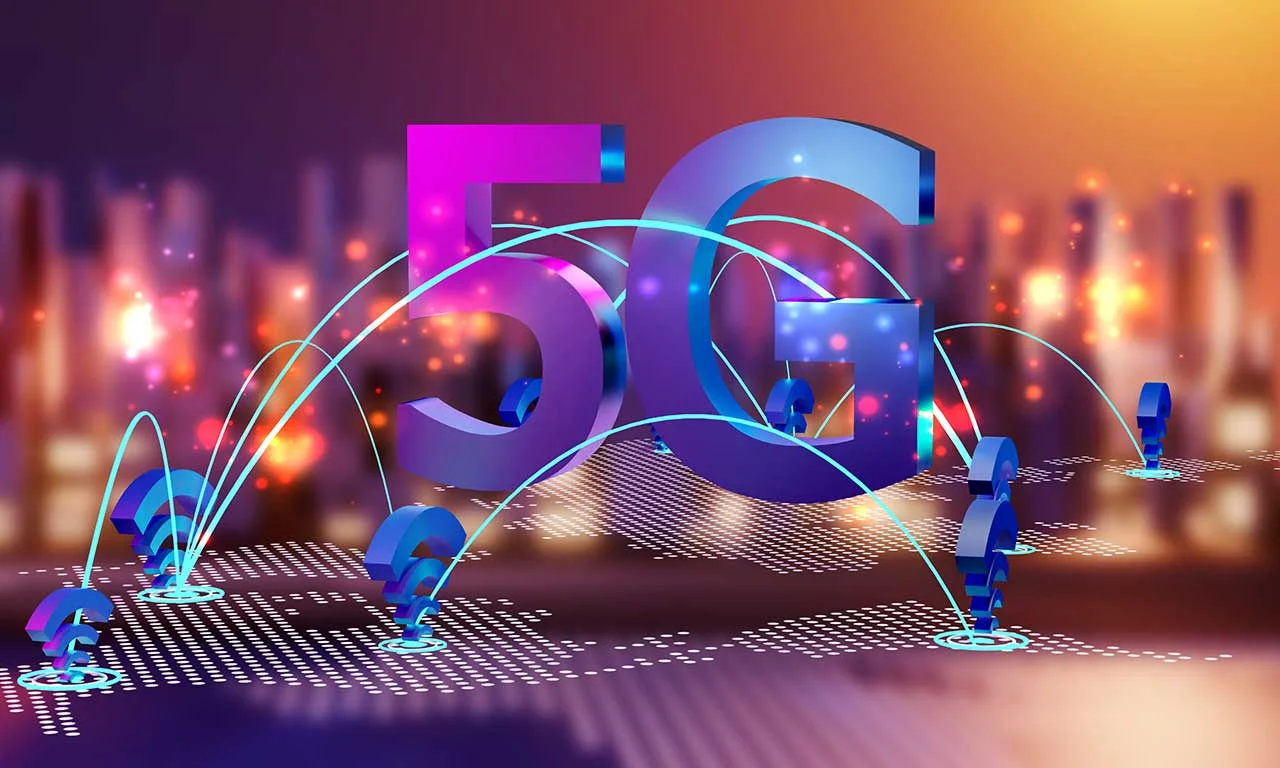With high speeds, superior reliability, massive network capacity, and negligible latency, 5G is transforming the world. Its higher performance and improved efficiency are ensuring next-generation user experiences, innovative services, and new deployment models. From safer transportation to remote agriculture, remote healthcare, and digitized logistics, everything is becoming possible, thanks to 5G.
5G is a must-have and a completely novel approach to connectivity. It affects all aspects of daily life, including manufacturing, transportation, utilities, etc. Its network capacity is nearly 40 times higher than 4G. If you are interested in experiencing the innumerable features of 5G, check out Spectrum WiFi plans or any other internet service provider to select the one that matches your requirements.
The Impact of 5G on Society
5G is doing much more than providing a faster internet connection, it is transforming lives. This next-generation network is offering the potential for revolutionary applications reaching far beyond smartphones.
5G, combined with other technologies like IoT and artificial intelligence (AI), is revolutionizing how people live and communicate with others in society. Like other mobile networking technologies, 5G focuses on connecting people with everyone and everything.
Let us have a look at how 5G is transforming society.
Autonomous Vehicles
Autonomous vehicles are one of the most awaited 5G applications. With 5G, vehicle technology is evolving with levels of computing power previously only seen in data centers. Due to its extremely low latency, vehicles can respond 10-100 times faster than earlier cellular technologies like 4G and LTE.
The goal of this advanced technology is a vehicle-to-everything (V2X) communication network. This communication allows vehicles to respond automatically to objects and changes around them instantly. With 5G, a vehicle can send and receive notifications in milliseconds when there is a need to apply brakes or change direction.
For example, an automobile traveling at 20 miles/hour needs a signal to avoid colliding with an object on the road. With 4G latency at approximately one hundred milliseconds, the automobile will travel about 1.2 meters before it stops completely. However, with a 5G latency of about 10 milliseconds, the car will travel and be able to stop within 5 inches of the notification. This stark difference could be the only difference between life and death.
Along with interacting with roads, like in the case of Google maps, 5G is also enabling vehicles to communicate with each other and road infrastructure like traffic lights. This is enhancing the overall efficiency of the traffic system by reducing congestion and improving safety.
Smart Buildings
5G with its advanced networking capabilities is all set to make the concept of smart buildings a reality. Shopping malls, hospitals, stadiums, universities, and office buildings need their structures to be environmentally friendly, secure, and sustainable. 5G is making this possible with automated building management systems. These systems gather data using sensors, scanners, and CCTV equipment and analyze it to make informed decisions to promote a healthy and safe lifestyle inside the buildings.
Moreover, building management systems use personal and biometric data like voice recognition, body monitoring, facial patterns, and people movement, to manage security and automatically set humidity levels, temperatures, and lighting in smart buildings. For example, depending on how many people are inside the building, the centralized heating and air conditioning can regulate itself.
Smart Cities
Smart cities are another innovative concept that is only possible with 5G technology. In these cities, the entire infrastructure is interconnected to maintain an efficient, safe, and reliable environment. Smart city applications like energy management, smart lighting, traffic management, crowd management, instant weather updates, smart power grids, water resource management, emergency response, and others all depend on 5G technology for their smooth functioning.
For example, with 5G, a maintenance team can get an instant alert if a streetlight or any other object is not working properly. Moreover, an issue with a sewage system can be automatically detected and reported to relevant authorities in time.
Smart Agriculture
5G is enabling farmers to effectively control the environment and allow for more sustainable agricultural production. They can track soil, weather, and crop health by deploying remote sensing and real-time monitoring. Moreover, by collecting data from sensors fitted in fields, they can precisely figure out which areas are infected, need water, or require pesticide.
With 5G, farmers can implement sophisticated farming techniques that support the environment. Moreover, they can check their livestock’s health by making them wear wearable devices. These devices provide farmers with exact livestock health data so they can address their health concerns in time.


















